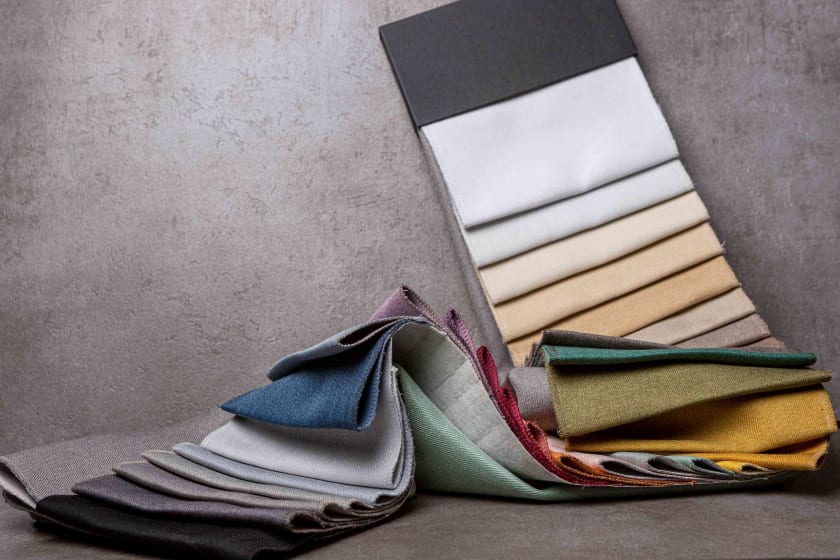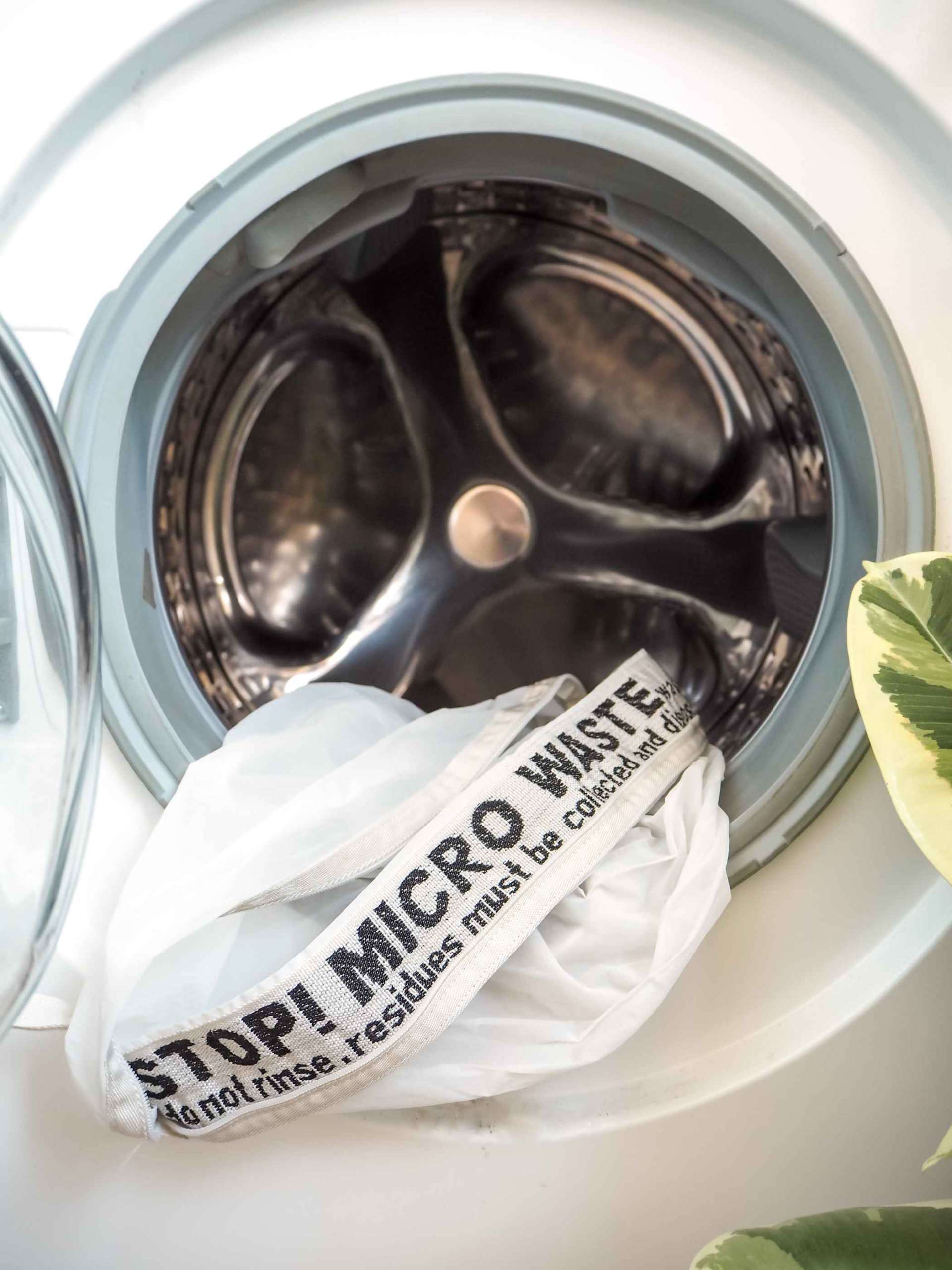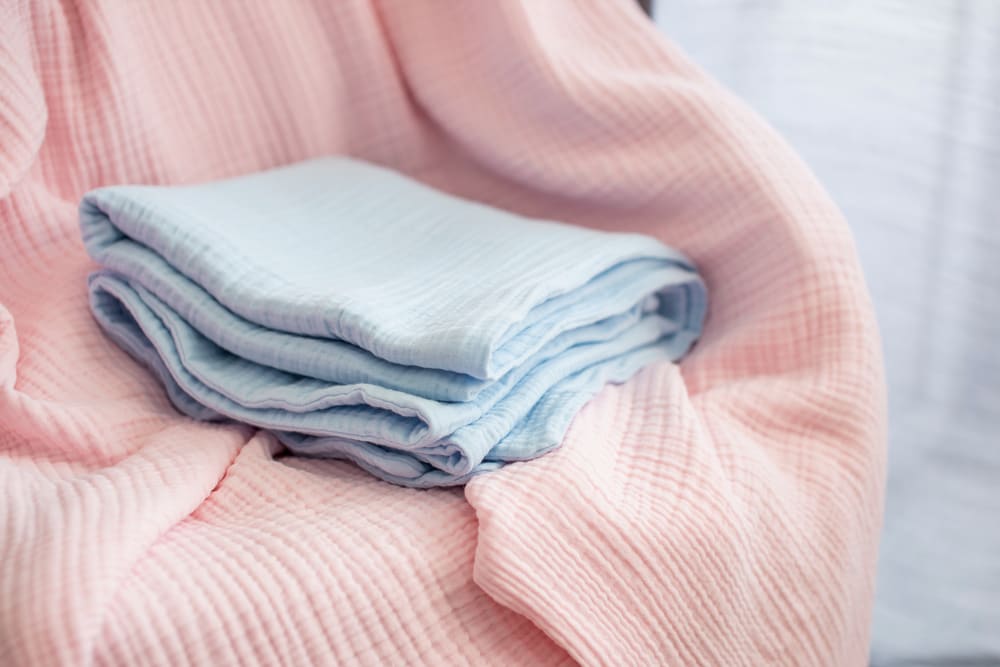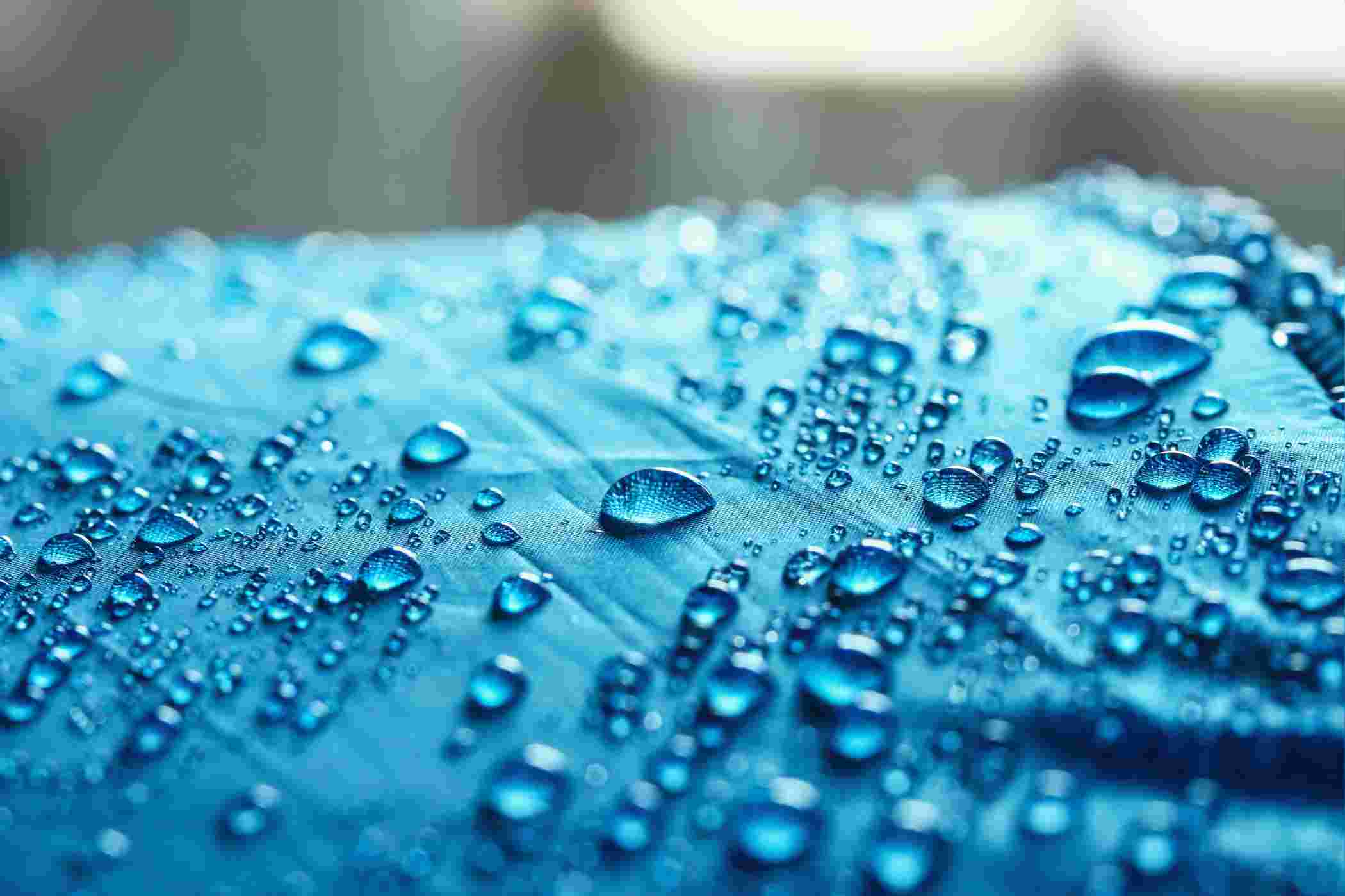Your Ultimate Guide to Sample Types



If you are new to garment manufacturing, your first production attempts may be a disaster. It is critical to become acquainted with a variety of terms and processes, such as tech packs, prototypes, OEMs, white-label clothing, samples, and so on. The goal of this article is to go over the last word in greater detail: clothing samples.
Most startups wonder why sampling costs so much money in the early stages of their operation. What is the point of spending so much money?
Let's take a look at some different sample types and talk about how this process can help you save money and time.
Different Sample Types in Garment
A garment sample or clothing sample differs depending on its use during development. The names of apparel samples are usually confusing to newbies, so let's first cover the standard terms.
- The Muslin (also called a dummy, mock-up, prototype, prototyping, drape)
- Samples for fitting (also referred to as original samples, first samples, test garments, development samples, design samples, original patterns, and style references)
- Sew-by sample (also referred to as costing sample, preproduction sample, preproduction sample, or preproduction sample)
- Duplicate or counter samples (also called sales samples)
- Sample photos (also referred to as model sizes, editorial samples, or flat samples)
- Sizing run or size set (also known as sizing sample)
- TOP stands for top of production.
Here is a breakdown to better understand how each apparel sample fits into the pre-production process.
1. Muslin
Muslins are the first garment samples made from cheap fabric. The design is depicted in 3D form as a rough outline. There are also trims and other add-ons that may come with muslin during the production process. The muslin, also called the prototype, is expected to undergo several modifications or iterations before the final pattern and design are decided.
2. Fit sample
As its name suggests, a fit sample confirms that the apparel fits as desired. It is also possible to use muslins as fit samples.
3. Sew-by-sample
Cut-and-sew samples show how clothing is made. This sample is used for design changes that will affect the quote, in addition to cost estimation. It would be more cost-effective to have both your sew-by-sample and final prototype.
4. Sales sample
This component assesses the sample's production costs as well as the quality of the personalized apparel. Based on this sample provided for marketing purposes, clients might be interested in promoting your product on your behalf.
5. Photo sample
Photo samples used in product photography are typically used to determine the size of a product. If your website or product catalog has a photo gallery, use photo samples where the product fits right into the camera frame.
6. Size run

There will be different sizes of garments available in these samples. Each size fits right away with this type of sample, and trims and sewing costs are saved.
7. Top of production
Samples were taken from the initial production run. TOPs are a portion of the initial purchase made by a clothing maker. If the rate is set at a minimum, purchasing one or two items from a batch will save you money. Manufacturers of small-batch garments ought to employ this technique.
The buyer must state the specifications in order to build a sample. Before requesting a PP sample, some purchasers could ask for a size set sample. Some consumers request a size set sample from the factory once the PP sample has been authorized. Certain designs don't need salesperson samples or photographs. Not all sample kinds are always offered to the buyer. Not all buyers ask for TOP samples.
Is it necessary to have more than one sample?
There should be more than one sample available to clothing producers, not just one prototype. If your product is available in a wide range, you will have a better chance of success. When numerous parties are participating in a clothes production plant, various samples are more useful than a single prototype, as opposed to working with a designer.
It is advised to take many samples for a number of reasons. It's not necessary to cut the entire quantity at once. Working with your designer, you could require a new prototype if you include a new link in the chain.
The use of samples eliminates errors
It's not uncommon for what's advertised to differ significantly from what arrives in the mail. There might be something strange about the fit of the arms. Two washes might not have been enough for the fabric to start pilling. Before production begins, you can minimize such problems by using samples.
Save time by using samples
Having only a single sample slows down an already lengthy process; if your sample is damaged during the process, it's impossible to recover it! Multiple partners may be required, including designers, pattern makers, factories from which you hope to get quotes, photographers, and buyers. The other partners will have to wait for the sample from one partner if you only have one sample. It is preferable to have more than one identical sample in case of contingencies and also to speed up the production process.
Perfection comes from sampling
Sometimes, the item that is purchased and the one in the product catalog are very different. It could be a result of a number of unfavorable aspects, including poor fit, color, or sleeve problems. The best way to avoid this issue is through samples. By having garment samples before mass manufacturing starts, customers can be sure that what they see in the catalog is what they will receive.
Conclusion
To make mass manufacturing easier, it is crucial to review your processes and have samples on hand. It is prudent to be aware of every step of the process and every quality that should be present in the finished product while engaging in a large-scale activity. Use Fashinza to maintain your supply chain from designing to manufacturing to reduce the potential problems that can occur in large-scale production.

A sourcing manager has a difficult job. Fashinza steps in at this point to take over your load. With the aid of the real-time data offered by Fashinza today, it is possible to send samples, gather feedback, and produce while on the road.



















